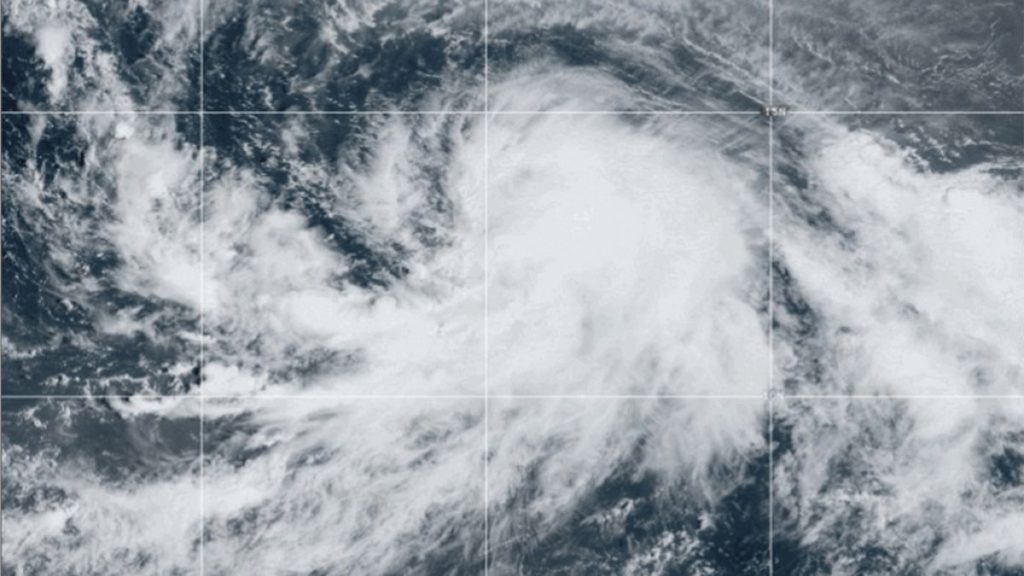A powerful storm, originally a major hurricane, caused significant damage in Portugal and Spain before weakening to a post-tropical storm. In Portugal, the storm resulted in flooding and left 300,000 people without power. The Civil Protection recorded almost 600 incidents, most of which were related to fallen trees. Meanwhile, in Spain, heavy winds, rainfall and 7-meter waves battered the coastline, with the northern half of the country bearing the brunt of the storm. Strong gusts of wind led to delays and cancellations of rail and flight services, closure of parks, collapsed roofs and property damage caused by fallen trees.
As the storm moved towards countries like Switzerland, Belgium, the Netherlands, and Northern Germany, various alerts and warnings were issued to prepare for its impact. The MET office in Belgium issued an amber weather warning, while France also remained on high alert for strong winds and heavy rainfall. The approaching storm has left these countries on edge as they brace themselves for potential damage and disruption to normal activities.
The storm’s initial intensity as a major hurricane raised concerns as it moved from Bermuda in the Caribbean to the Azores in the mid-Atlantic. With winds reaching category four status, the storm posed a serious threat to the affected regions. However, the storm has since weakened to a post-tropical status, offering some relief to the areas it passed through. Despite this weakening, the storm’s effects were still felt in Portugal and Spain, causing widespread damage and disruptions.
In Portugal, the storm resulted in significant flooding and power outages, impacting a large number of people. The Civil Protection recorded nearly 600 incidents, mainly related to fallen trees, highlighting the extent of the storm’s impact. Similarly, Spain experienced heavy winds, rainfall, and high waves, particularly in the northern part of the country. The storm caused delays, cancellations, and damages to infrastructure, including fallen trees that led to property damage and closures of public spaces.
As the storm continued its path towards other countries, Switzerland, Belgium, the Netherlands, and Northern Germany were put on alert to prepare for its arrival. The issuance of warnings and alerts by the MET office in Belgium and heightened awareness in France underscored the seriousness of the situation. The potential for strong winds and heavy rainfall in these regions heightened concerns and prompted authorities to take necessary precautions to mitigate the storm’s impact on communities and infrastructure. The storm’s progression through multiple countries demonstrated the need for coordinated responses and preparedness measures to address its effects effectively.
Overall, the storm’s trajectory from a major hurricane to a post-tropical storm highlighted the volatile nature of weather systems and their capacity to cause widespread damage. The impacts in Portugal and Spain underscored the importance of early warning systems, response mechanisms, and community resilience in dealing with natural disasters. The storm’s effects on rail and flight services, power outages, property damage, and closures of public spaces served as a reminder of the need for strategic planning and coordinated efforts to minimize risks and protect populations. The approaching storm towards other countries emphasized the interconnectedness of weather patterns and the necessity of regional cooperation to address the challenges posed by extreme weather events.


